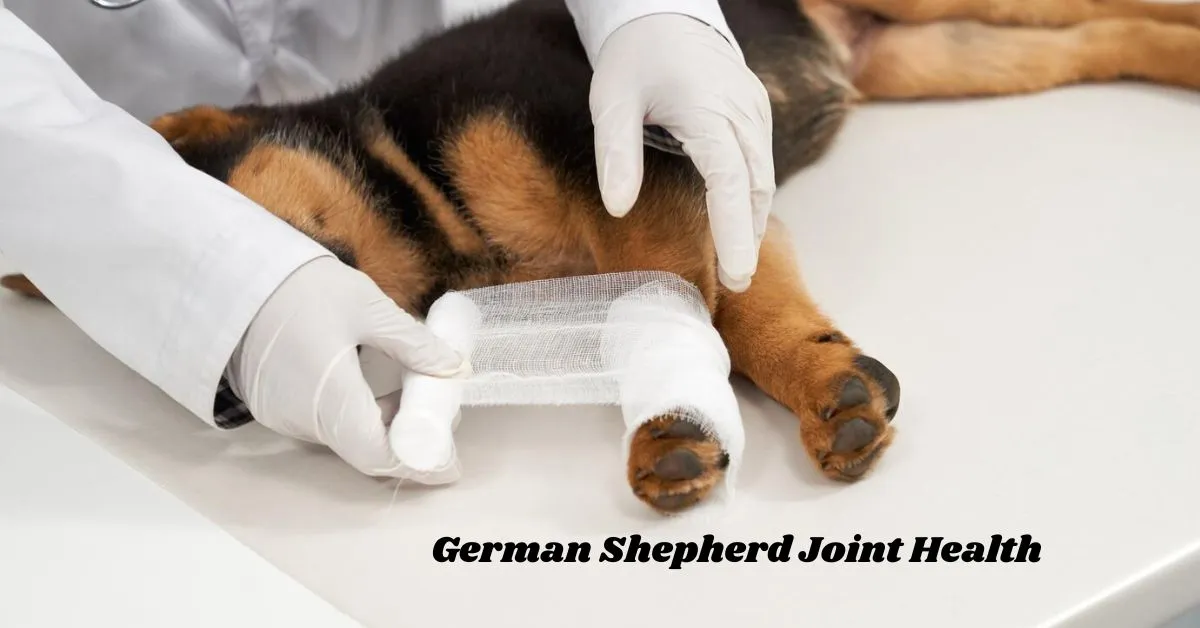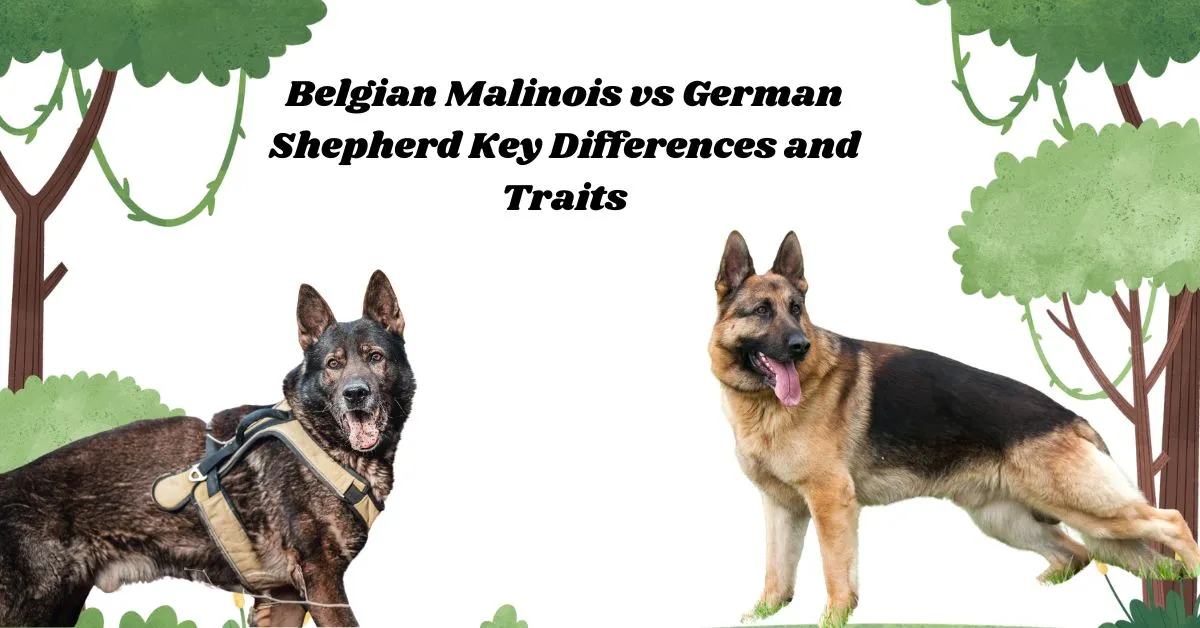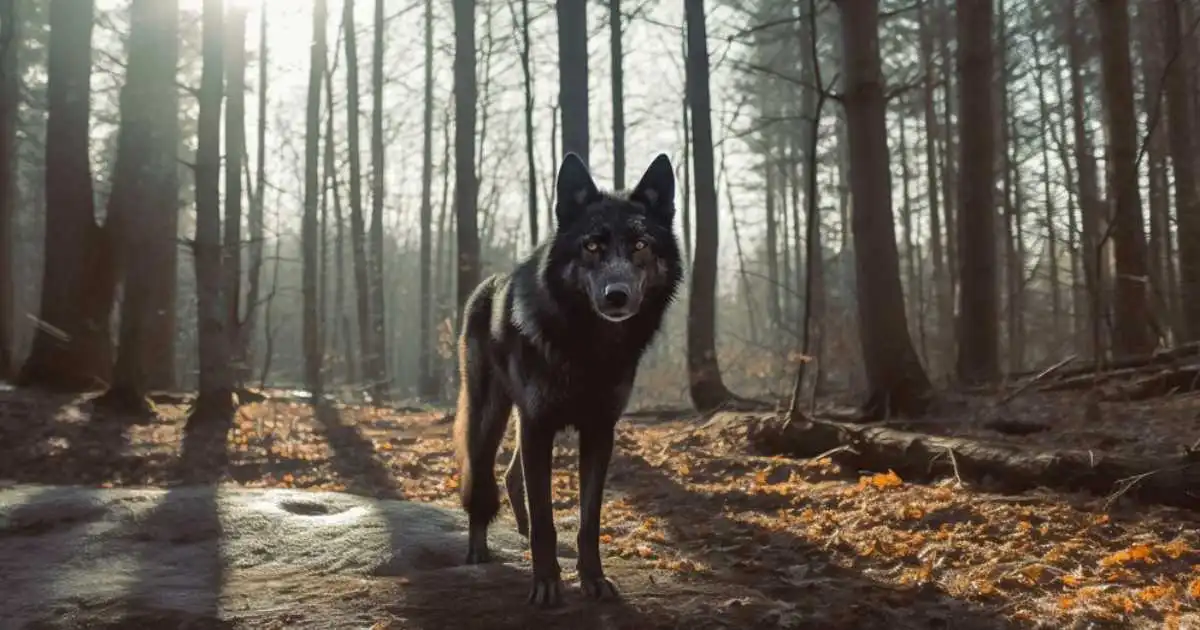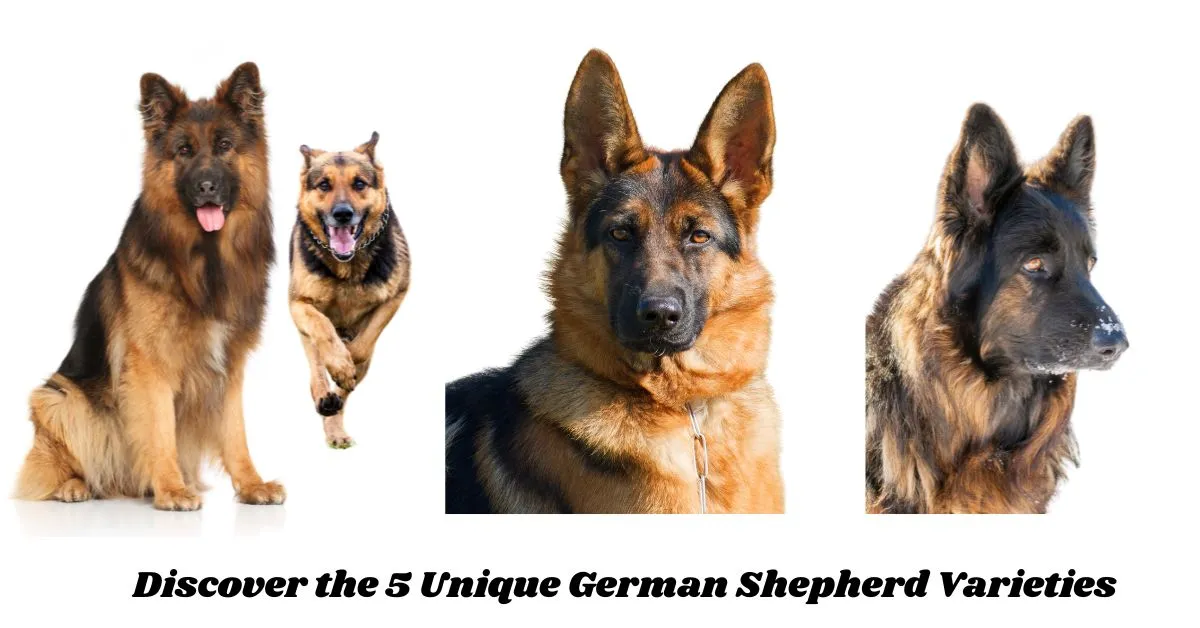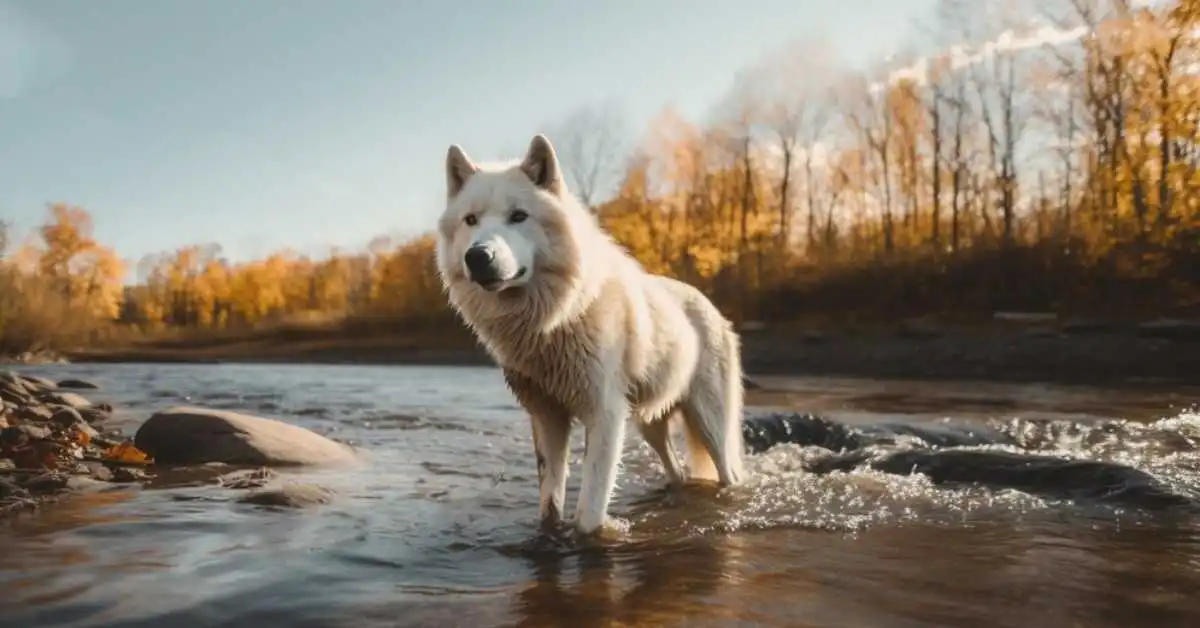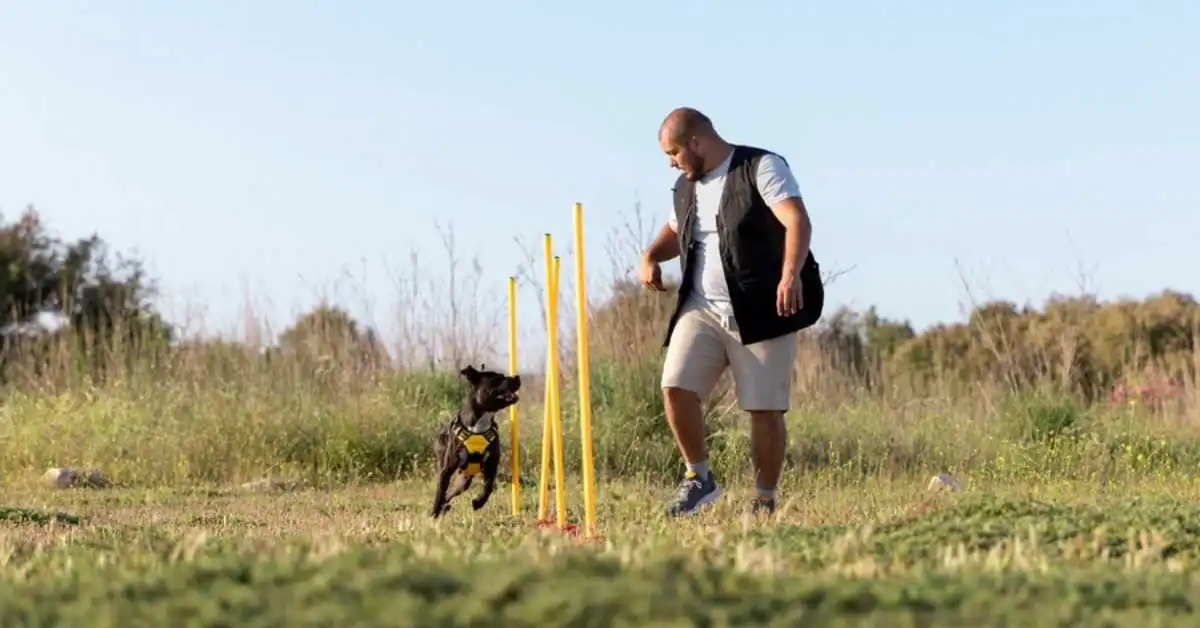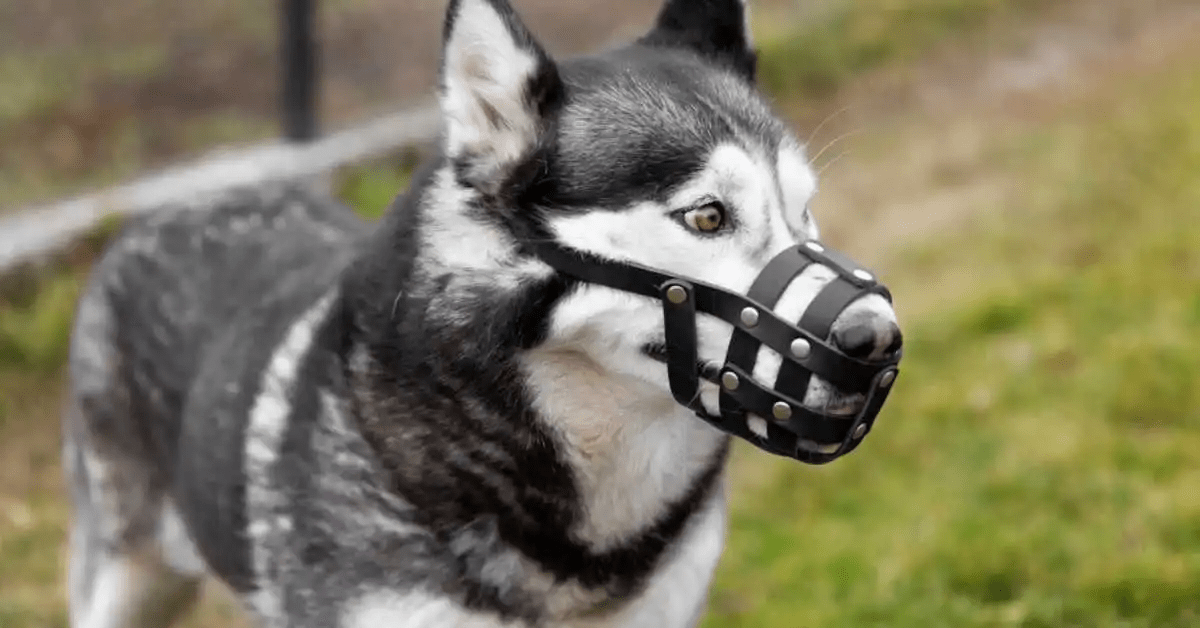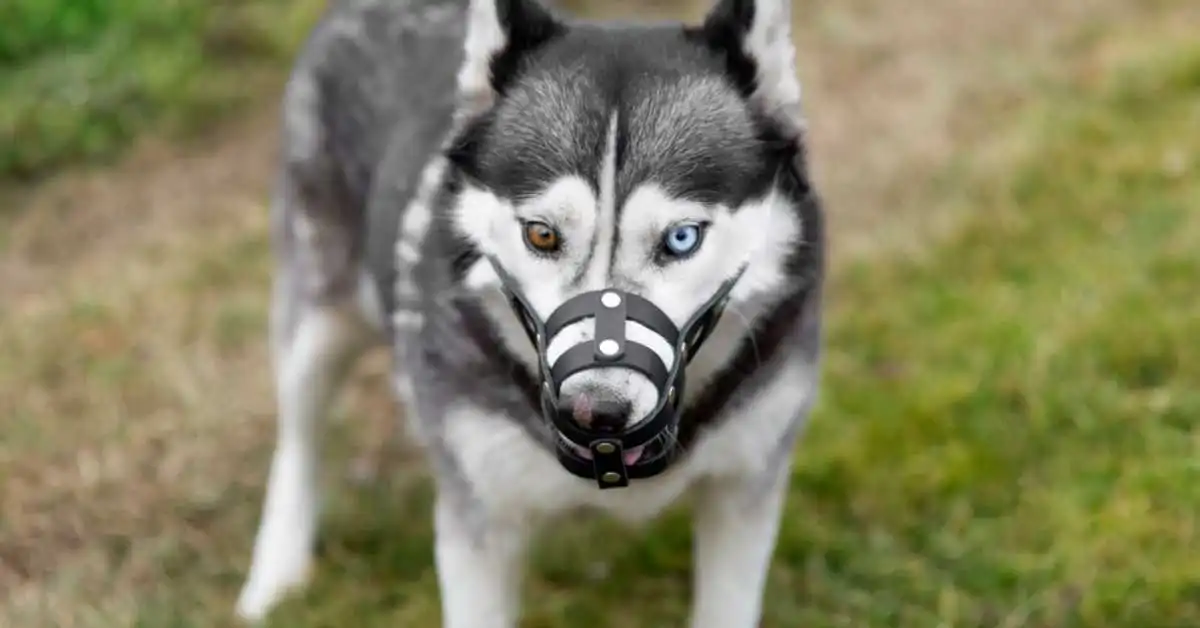Understanding German Shepherd Joint Health
German Shepherds are known for their strength, intelligence, and loyalty, but they are also prone to joint problems. German Shepherd joint health is a critical topic for dog owners because these large, active dogs put significant stress on their joints. Conditions like hip dysplasia, arthritis, and elbow dysplasia can impact their mobility and quality of life. Without proper care, these issues can lead to chronic pain and difficulty in movement, making early intervention essential. This article will explore the common joint problems in German Shepherds, the factors contributing to them, and how to prevent or manage these conditions effectively. 1. Common Joint Problems in German Shepherds Hip Dysplasia Hip dysplasia is a genetic condition that affects the hip joint, causing improper development. This results in instability, leading to pain and arthritis over time. According to the Orthopedic Foundation for Animals (OFA), German Shepherds rank among the top breeds affected by hip dysplasia. Symptoms include stiffness, difficulty rising, and reluctance to exercise. Elbow Dysplasia Elbow dysplasia is another hereditary joint disorder where the bones in the elbow do not develop properly. This leads to joint instability, inflammation, and pain. Studies indicate that early detection and treatment can improve a dog’s mobility significantly. Regular veterinary checkups can help diagnose this issue before it worsens. Osteoarthritis Osteoarthritis, or degenerative joint disease, is a progressive condition that affects older German Shepherds. Cartilage breakdown leads to joint pain and stiffness, making movement difficult. Factors like obesity and overexertion can accelerate arthritis, highlighting the importance of proper diet and controlled exercise. 2. Factors Contributing to Joint Problems Genetics Genetics play a significant role in joint health. If a German Shepherd’s parents have a history of joint issues, the risk of similar problems increases. Responsible breeding practices can help reduce the prevalence of these conditions. Diet and Nutrition Proper nutrition is crucial in maintaining joint health. Puppies need balanced diets to support bone growth, while adult dogs require joint-supportive nutrients like glucosamine and chondroitin. Omega-3 fatty acids also help reduce inflammation and support joint function. Exercise and Physical Activity While regular exercise is necessary, excessive high-impact activities can damage joints. Controlled, low-impact exercises like swimming and walking on soft surfaces help maintain mobility without straining the joints. Obesity Excess weight puts additional stress on joints, exacerbating conditions like arthritis. Maintaining an ideal weight through portion control and regular exercise reduces the risk of joint-related issues. 3. Preventing Joint Problems in German Shepherds Choose a Reputable Breeder When getting a German Shepherd puppy, select a breeder who screens for genetic conditions. Health testing for hip and elbow dysplasia ensures that breeding dogs have healthy joints, reducing the likelihood of hereditary issues. Balanced Nutrition from Puppyhood Feeding a high-quality diet from an early age supports proper bone and joint development. Look for dog foods that contain essential nutrients like glucosamine, chondroitin, and omega-3 fatty acids. Appropriate Exercise Routine Avoid excessive jumping and hard surfaces for young puppies. Gradually introduce structured exercises like leash walking and swimming to strengthen muscles without straining developing joints. Weight Management Keeping your dog at a healthy weight minimizes joint stress. Regular vet visits can help monitor weight and adjust feeding plans as needed. Joint Supplements Adding supplements with glucosamine and chondroitin can support cartilage health. Omega-3 fatty acids also help reduce inflammation and improve joint function. 4. Managing Joint Issues in German Shepherds Veterinary Diagnosis and Treatment Regular checkups help detect joint problems early. Diagnostic tools like X-rays and physical exams can assess joint health and guide treatment options. Medications and Pain Management Veterinarians may prescribe nonsteroidal anti-inflammatory drugs (NSAIDs) to reduce pain and inflammation. Other options include joint supplements and specialized diets to improve mobility. Physical Therapy and Rehabilitation Therapies like hydrotherapy, massage, and laser treatments can alleviate pain and improve joint function. Working with a veterinary rehabilitation specialist can enhance a dog’s quality of life. Lifestyle Adjustments Providing orthopedic beds, using ramps instead of stairs, and keeping your dog warm during cold months can make daily activities easier for dogs with joint issues. 5. Long-Term Care for German Shepherd Joint Health Regular Veterinary Check Routine vet visits ensure that joint health is monitored. Early detection and intervention can prevent minor issues from worsening. Continued Joint Support through Diet Maintaining a diet rich in joint-supporting nutrients ensures ongoing protection. High-quality commercial dog food or home-cooked meals with vet guidance can help sustain joint health. Consistent, Low-Impact Exercise Engaging in regular, gentle exercise prevents stiffness and maintains muscle strength. Swimming, controlled walks, and therapeutic exercises help improve mobility without excessive joint strain. Comfortable Living Environment Providing cushioned bedding and avoiding slippery floors can reduce joint strain. Raised food bowls may also help minimize discomfort for dogs with arthritis. Conclusion: Prioritizing German Shepherd Joint Health German Shepherd joint health is a major concern that requires proactive care. Understanding common joint problems, recognizing contributing factors, and implementing preventive measures can help your dog stay active and pain-free. If joint issues arise, early diagnosis and appropriate management strategies can enhance quality of life. By prioritizing proper nutrition, regular exercise, and veterinary care, German Shepherd owners can ensure their dogs enjoy a long, healthy, and active life. FAQs
